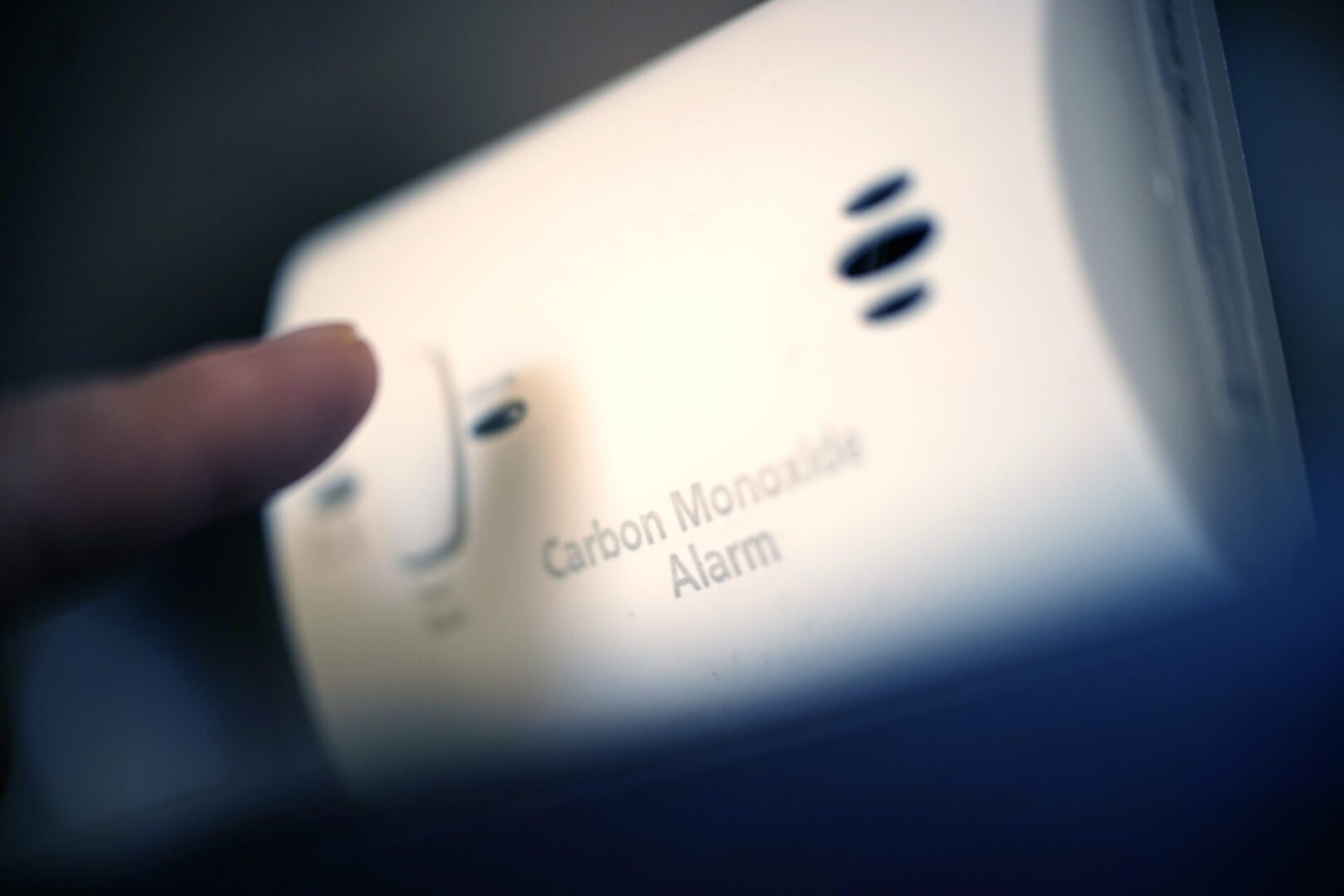Carbon Monoxide Poisoning: Symptoms and Prevention

The CDC reports that carbon monoxide (CO) poisoning is responsible for
50,000 emergency room visits and 430 deaths in the U.S. every year. This colorless, odorless gas, which is often known as the “silent killer,” prevents the body from absorbing oxygen. And although the affected individual can be treated by being removed from the carbon monoxide-heavy area and given pure oxygen in a hospital, poisoning can result in death if the proper precautions are not taken. CO is a toxic byproduct of burning any sort of fuel—propane, gasoline, natural gas, kerosene, wood and even charcoal—but it can be mitigated by using fuel-burning appliances correctly and keeping them in proper working condition. The variety of machines to look out for include grills, stoves, ovens, heaters, fireplaces, boats, cars and emergency generators, to name a few. Most carbon monoxide poisonings occur during the winter
due to this equipment being used more frequently for heating. It’s good to include inspections of all fuel-burning machines in your seasonal upkeep when looking to
winterize your home for the colder weather. Fireplaces specifically should be checked and cleaned by a qualified individual every year. Although everyone is at risk of CO poisoning if exposed to high enough levels, some people face a faster onset of symptoms and a higher chance of health complications and even death. Those over the age of 65, newborns, young children and individuals with heart disease and asthma are all at a greater risk of being impacted.
Prevention and detection:
The good news is that carbon monoxide poisoning is totally preventable if you take these minimal precautions to keep you and your family safe. According to the U.S. Environmental Protection Agency, consistent and proper carbon monoxide detector usage could cut poisoning deaths in half. Make sure to install Underwriters Laboratories-approved carbon monoxide detectors in your house, with one right outside every sleeping area. These can be purchased at most hardware stores as either electric plug-ins or battery-operated devices. It’s always smart to have an extra battery-operated detector with you in the case of your power turning off, though. Remember that detectors should be replaced at least every 10 years to ensure they can do their job in keeping you safe. If they are battery-powered, replace the batteries twice a year. Although these alarms are excellent at saving people in the case of severe exposure, they do not detect low-level amounts of CO, which can lead to prolonged health issues and possibly fatality if gone unnoticed. All fuel-burning appliances should be checked annually to ensure that they are in proper working order. Some potential signs of malfunction can include:- Soot falling from a fireplace
- Moisture in windows
- Cracked or crumbling masonry on chimney
- Rust and/or water streaks on vents
- Loose and/or disconnected vent pipes
Symptoms:
Low levels of carbon monoxide can present some unpleasant but relatively unalarming symptoms, including a mild, tension-type headache, fatigue and shortness of breath. If experiencing these symptoms, it’s best to stay cautious and keep monitoring yourself and those who live with you to ensure they don’t escalate. If you think symptoms at any level of severity could be due to carbon monoxide poisoning, consider conducting an at-home test to rule out the possibility or confirm that you may have been poisoned. Moderate carbon monoxide poisoning can pose symptoms similar to the flu or food poisoning but is not accompanied by a fever. Common symptoms are:- Nausea and stomach pain
- Dizziness
- Throbbing headache
- Confusion
- Increasing shortness of breath
- Mental confusion
- Vertigo
- High heart rate
- Breathlessness
- Loss of muscular coordination
- Seizures
- Chest pain, even angina or a heart attack
- Loss of consciousness
- Death